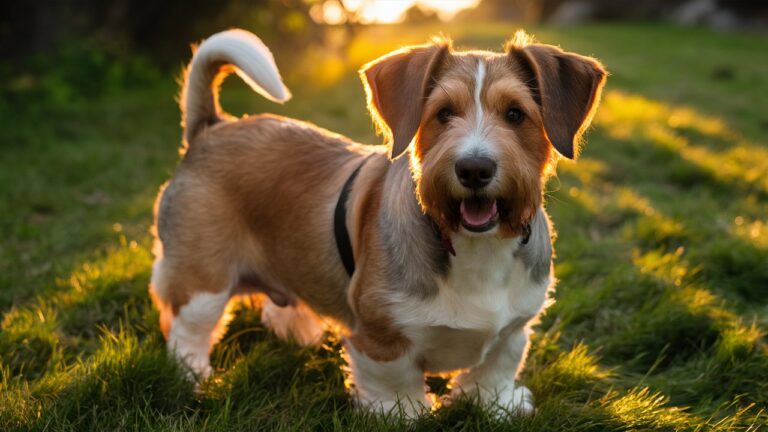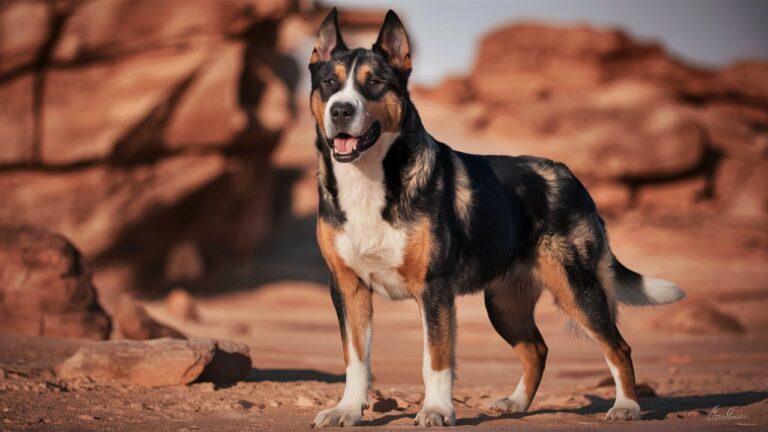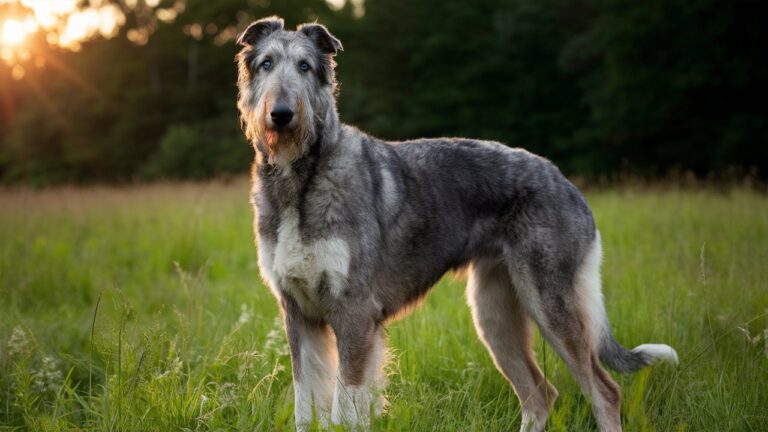The Black Russian Terrier: 100% Comprehensive Guide
The Black Russian Terrier (BRT), also known as the “Black Pearl of Russia,” is a robust and intelligent breed that has garnered admiration for its versatility and loyal nature. This article delves into the breed’s history, characteristics, training needs, health issues, and the joys of owning a BRT, all while sharing personal anecdotes to illustrate the bond between these remarkable dogs and their owners.
Table of Contents
ToggleA Brief History
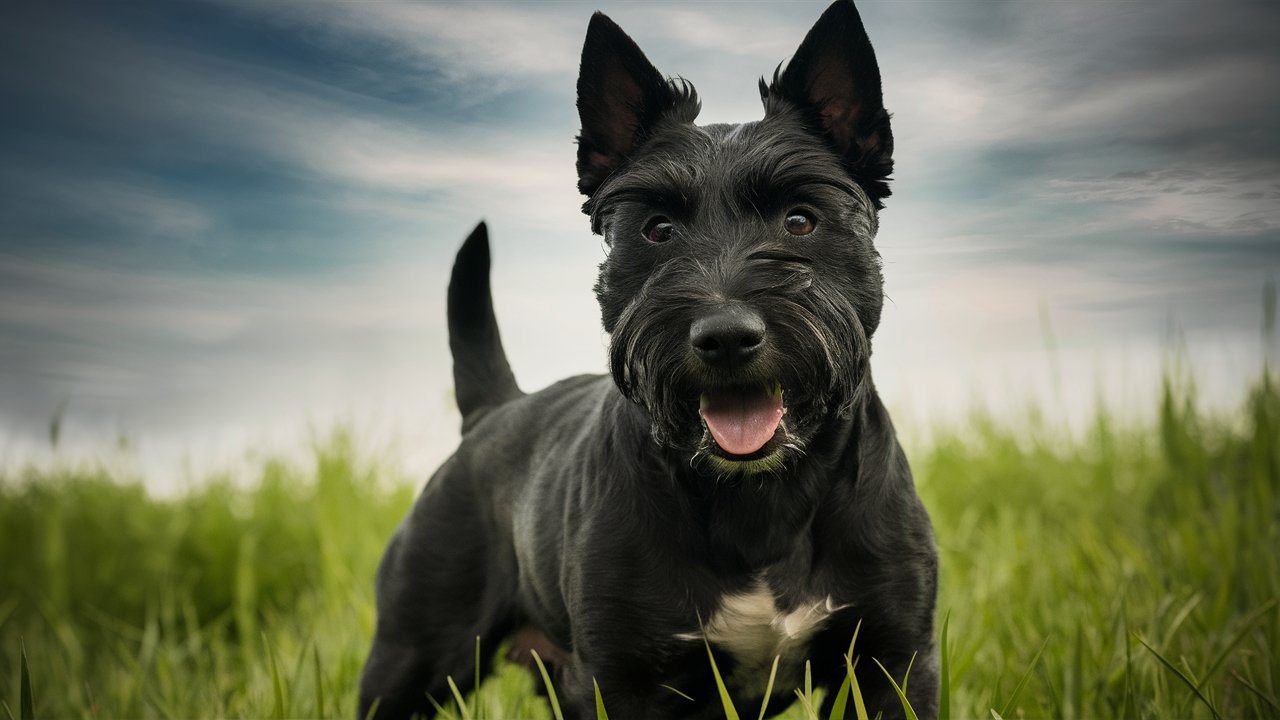
The Black Russian Terrier’s story begins in the 1940s Soviet Union. The Red Star Kennel, a state-operated breeding kennel, was tasked with creating a versatile working dog capable of withstanding Russia’s harsh climates and aiding in military operations. The breed’s development involved crossing several breeds, including the Giant Schnauzer, Rottweiler, Airedale Terrier, and Newfoundland, among others. The result was a large, powerful dog with a distinctive black coat and a keen working ability.
My first encounter with a Black Russian Terrier was during a trip to Moscow. I met a military officer who proudly introduced me to his BRT, named Boris. Boris was not only impressive in size but also exuded a calm yet alert demeanor, traits that are highly valued in this breed.
Characteristics and Appearance
Black Russian Terriers are known for their imposing presence. Males typically weigh between 110 to 132 pounds and stand 27 to 30 inches tall at the shoulder, while females are slightly smaller. They have a double coat with a dense, wiry outer layer and a soft undercoat, which requires regular grooming to prevent matting.
The breed’s most striking feature is its black coat, often with a hint of a wavy texture. Their expression is one of intelligence and confidence, with dark, almond-shaped eyes and a strong, rectangular head. The BRT’s physical appearance is not just for show; it was bred to perform and endure.
Temperament and Personality
Black Russian Terriers are known for their loyalty and protective nature. They are naturally wary of strangers but form strong bonds with their families. This protective instinct makes them excellent guard dogs, but it also means they need early socialization to ensure they are well-adjusted and non-aggressive.
Owning a BRT is a unique experience. I remember when I brought home my BRT puppy, Luna. She was a bundle of energy and curiosity, always eager to explore her surroundings. As she grew, her protective nature became evident. Luna would often position herself between me and the door whenever someone knocked, a clear indication of her role as a guardian.
Training and Exercise
Due to their intelligence and working background, Black Russian Terriers require consistent training and mental stimulation. They are quick learners but can be stubborn if they sense inconsistency in their training. Positive reinforcement methods work best, as harsh training techniques can lead to fearfulness or aggression.
Exercise is crucial for this active breed. Daily walks, play sessions, and opportunities to engage in activities like agility or obedience training can keep a BRT mentally and physically fit. Luna thrived on our long hikes and agility courses. Her agility and enthusiasm were always a sight to behold, and these activities strengthened our bond.
Health and Lifespan
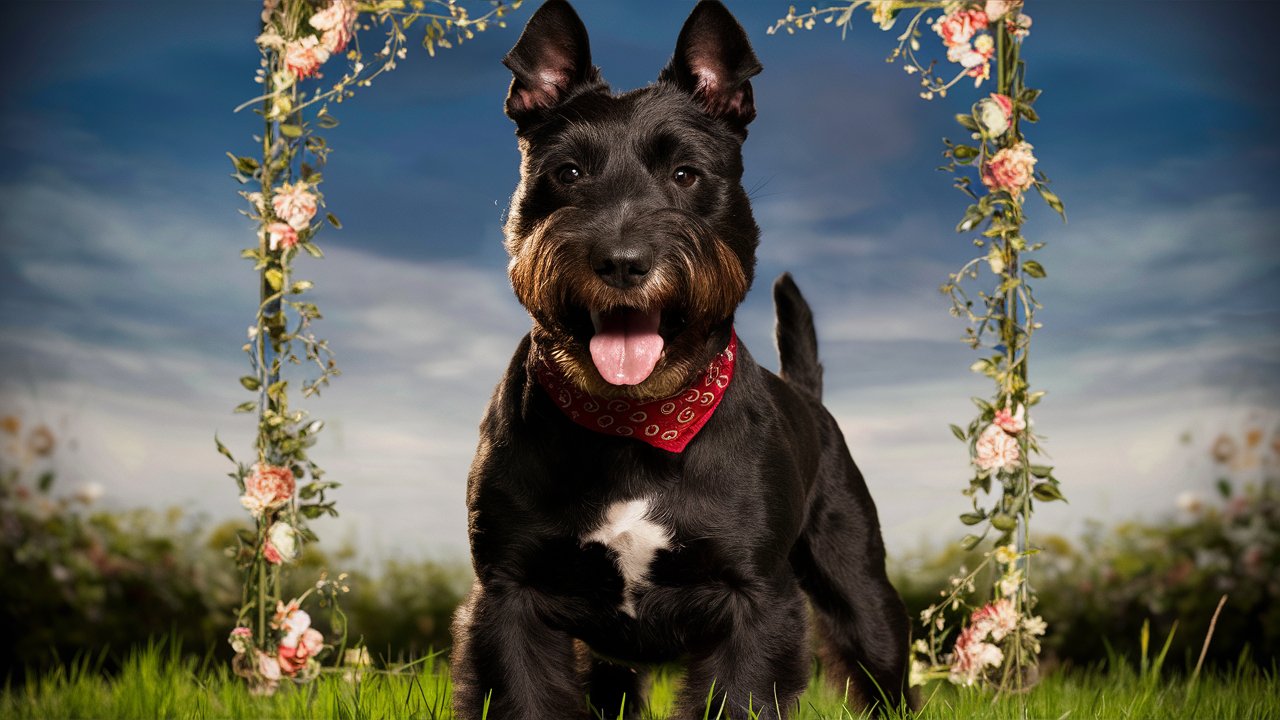
Black Russian Terriers are generally healthy, but like all breeds, they are prone to certain genetic conditions. Hip and elbow dysplasia, progressive retinal atrophy (PRA), and certain heart conditions are among the health issues that can affect BRTs. Regular veterinary check-ups, a balanced diet, and proper exercise can help mitigate some of these risks.
Luna was diagnosed with hip dysplasia when she was four. It was a challenging time, but with the right treatment plan, including medication and controlled exercise, she continued to live a happy and active life. This experience underscored the importance of being proactive about a pet’s health.
Grooming and Care
The Black Russian Terrier’s coat requires regular maintenance. Weekly brushing is necessary to prevent matting and tangles, and professional grooming every few months helps keep their coat in optimal condition. Their ears should be checked regularly for signs of infection, and teeth brushing should be part of their routine care.
Grooming sessions with Luna became a cherished ritual. Despite her size, she would sit patiently as I brushed her coat, seemingly enjoying the attention. These moments were more than just grooming; they were a time for bonding and reinforcing our connection.
Living with a Black Russian Terrier
Living with a Black Russian Terrier is a rewarding experience, but it’s important to be prepared for the commitment. BRTs thrive in environments where they have plenty of space to move and play. They are not well-suited for apartment living unless their exercise needs are met through regular, vigorous activity.
Their loyalty and protective nature mean they prefer to be with their families, often following their owners from room to room. This close companionship can be both a joy and a challenge, especially if you’re not used to having a large, shadow-like presence by your side.
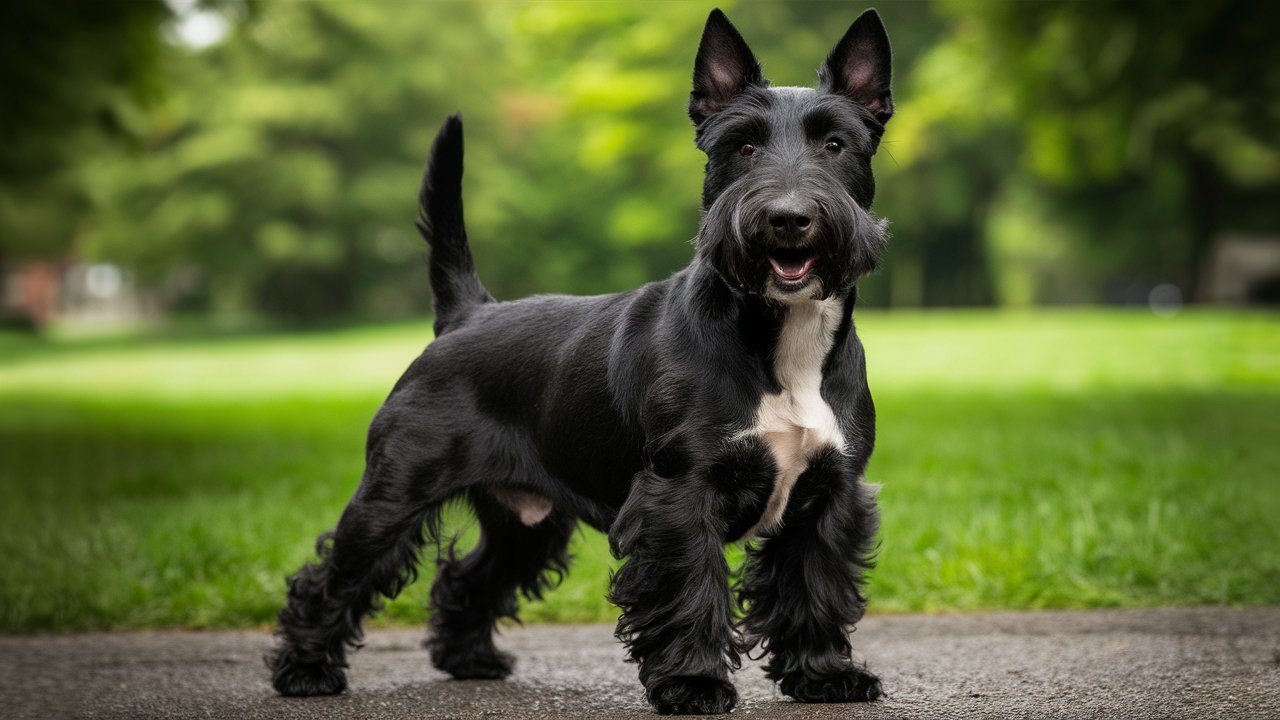
Conclusion
The Black Russian Terrier is a breed that embodies strength, loyalty, and intelligence. Their unique history, impressive appearance, and endearing personality traits make them a beloved choice for those who can meet their needs. Owning a BRT like Luna has been a profoundly rewarding experience, filled with adventure, challenges, and an unbreakable bond.
If you’re considering adding a Black Russian Terrier to your family, ensure you have the time, space, and commitment to meet their needs. In return, you’ll gain a loyal guardian and a loving companion, truly earning the title of the “Black Pearl of Russia.”
